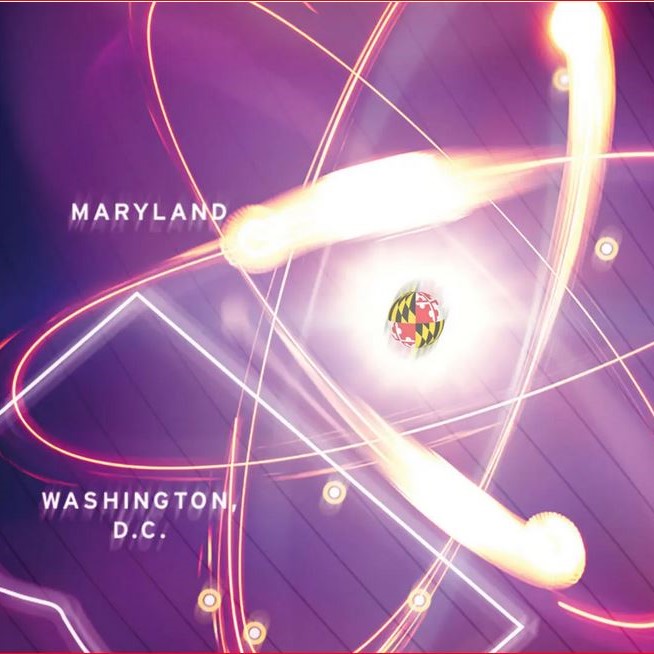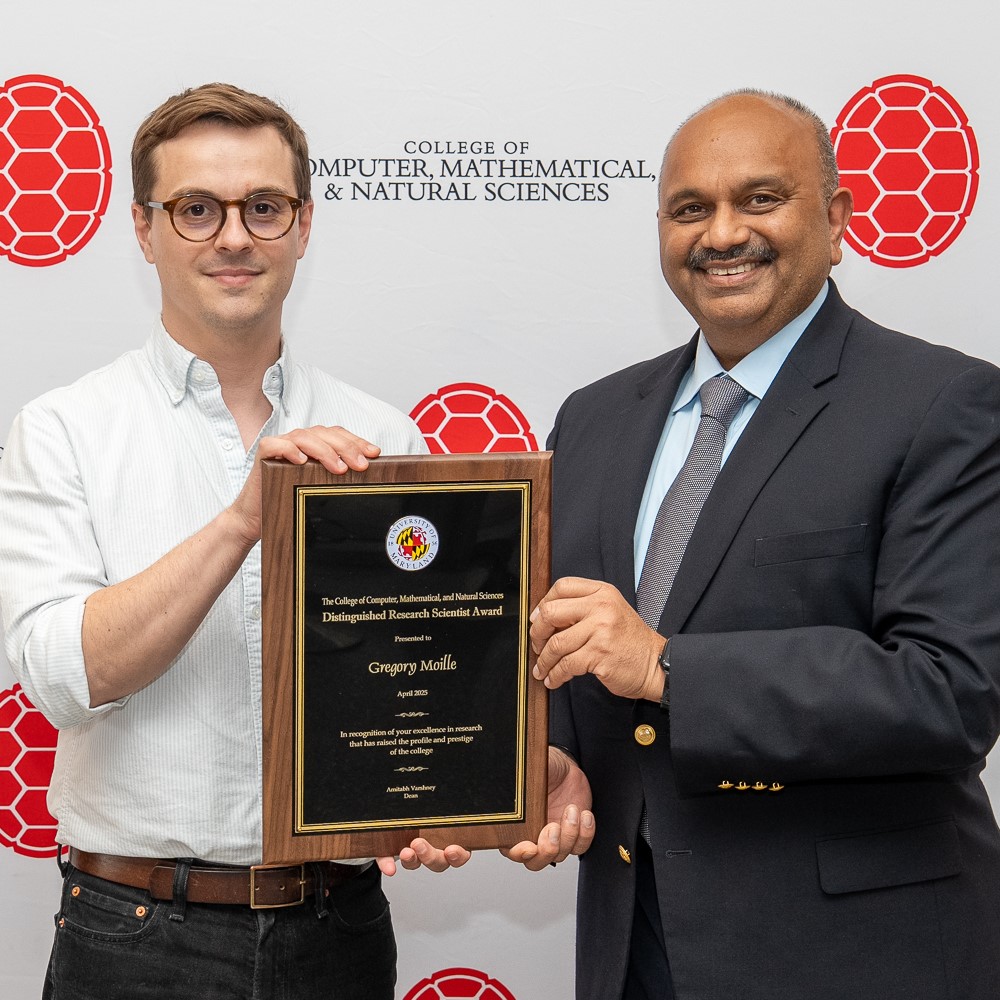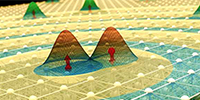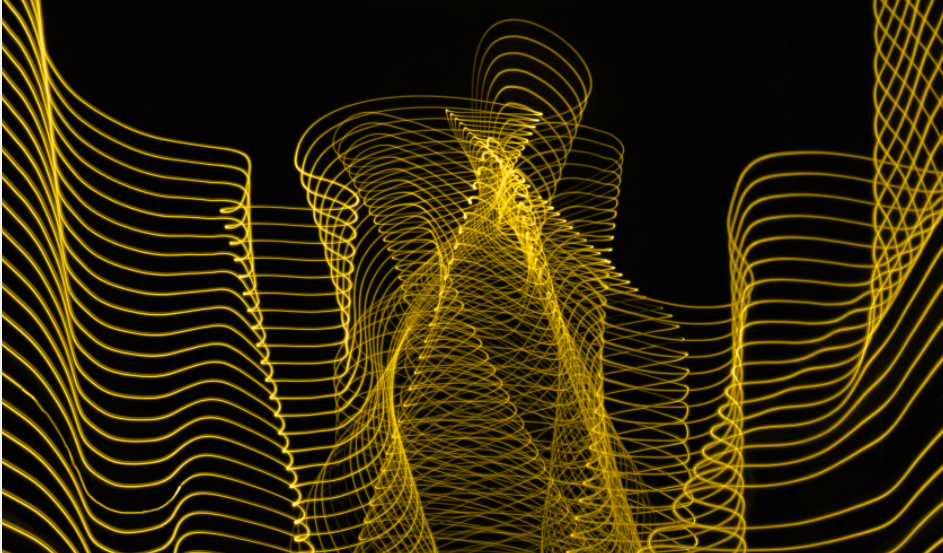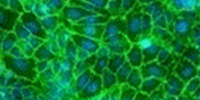April 27, 2010
We discuss a novel nanoscale platform offering utility in nanophotonics, photovoltaics, visual prosthetics, and biological and chemical sensing. As subwavelength optical waveguides, these nanostructures can be used in a range of nanoscale manipulations of light, including optical nanomicroscopy and lithography, high efficiency solar cells, high electrode-density retinal implants and discrete optical metamaterials. A modification of the basic structure enables the fabrication of highly sensitive “nanocavity” biochemical sensors and nanoscale bipolar neurostimulators. We will report on aspects of these applications, with emphasis on radial junction "nanocoax" thin film solar cells. This structure allows for a unique decoupling of the optical and electronic length scales in photovoltaic devices, enabling highly efficient charge extraction in ultrathin films with, paradoxically, highly efficient light collection. The nanocoax thus exhibits strong optical absorption across the visible, and state-of-the-art power conversion efficiency using photovotaics thinner than carrier (electron and hole) diffusion lengths, suggesting a new path to high efficiency solar power.
-------------------------------------------------------------------------------------------------------------------------------------------------------------------------------------------------
Colloquia are held Tuesdays in Room 1410 at 4:00 pm (preceded by light refreshments at 3:30). If you have additional questions, please call 301-405-5946.








